NASA Releases Stunning New Images from Chandra X-Ray Observatory's 25th Anniversary
To celebrate the 25th anniversary of the Chandra X-Ray Observatory, NASA has unveiled breathtaking new images of the cosmos. These never-before-seen visuals capture the mesmerizing beauty of NGC 6872, a spiral galaxy in the Pavo constellation. Prepare to witness the stunning splendor of space like never before with these incredible images from one of NASA’s most advanced telescopes.
Images from Chandra illustrate how X-ray astronomy explores every corner of the universe.
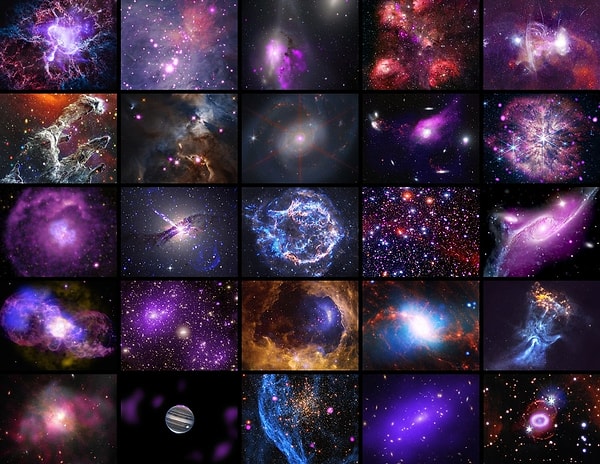
The spiral galaxy NGC 6872 in the Pavo constellation, dazzling with its captivating beauty, spans 522,000 light-years in width. This makes it more than five times larger than the Milky Way galaxy.
Crab Nebula (Yazma Nebula)
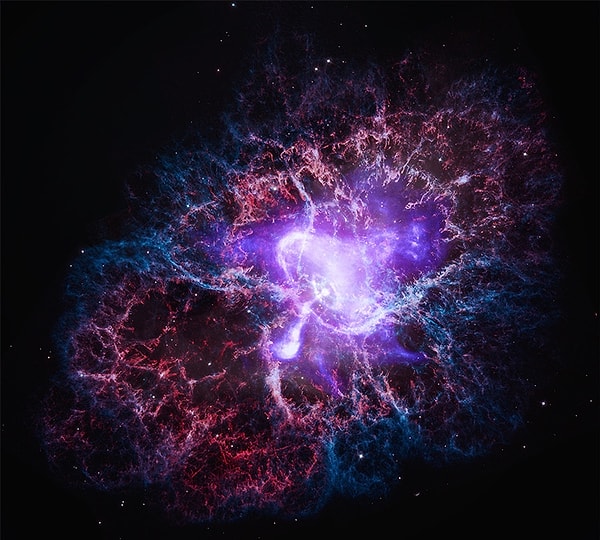
The Crab Nebula is the remnant of a spectacular supernova explosion witnessed by Chinese and other astronomers in 1054.
Orion Nebula
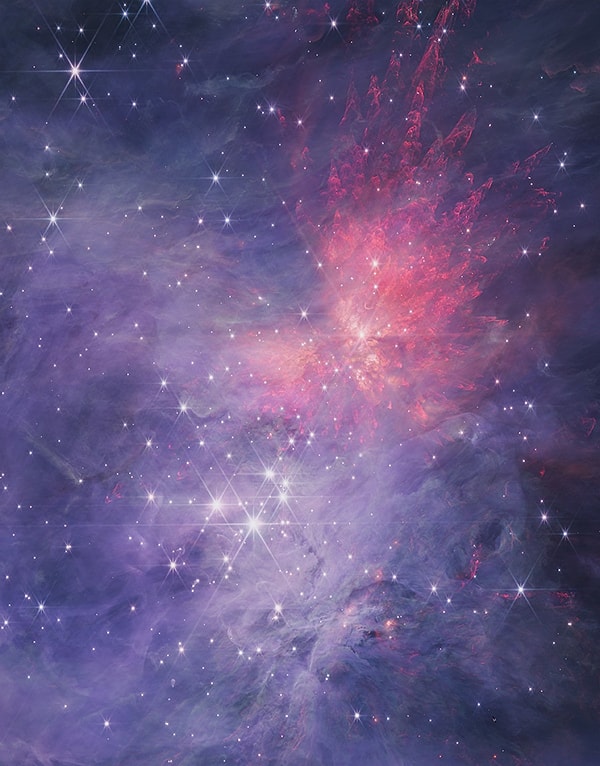
The Orion Nebula is known as one of the closest regions to Earth where stars are formed. This mysterious and fascinating area serves as a birthplace for new stars.
The Eyes Galaxies (NGC 4438 & 4435)
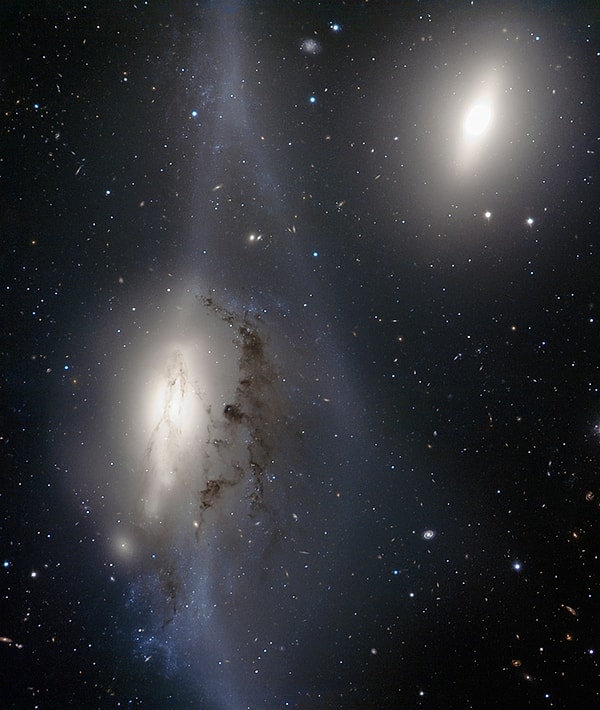
This pair of galaxies in the Virgo Cluster emits gas at millions of degrees.
The Cat's Paw Nebula
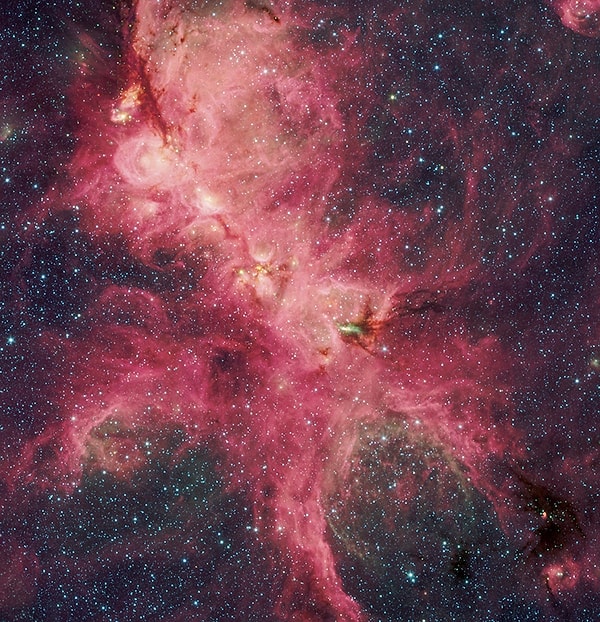
The Cat's Paw Nebula, located in our Milky Way galaxy, also hosts the birth of new stars.
The Milky Way's Galactic Center
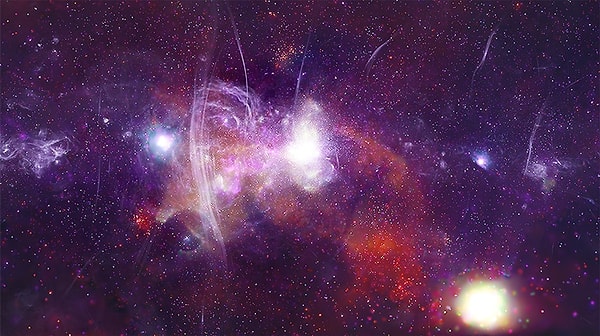
The center of our Milky Way is obscured by gas and dust in many wavelengths of light. However, X-rays can penetrate through, revealing the hot gas threads and outbursts from the galaxy's massive black hole.
M16 (Eagle Nebula)
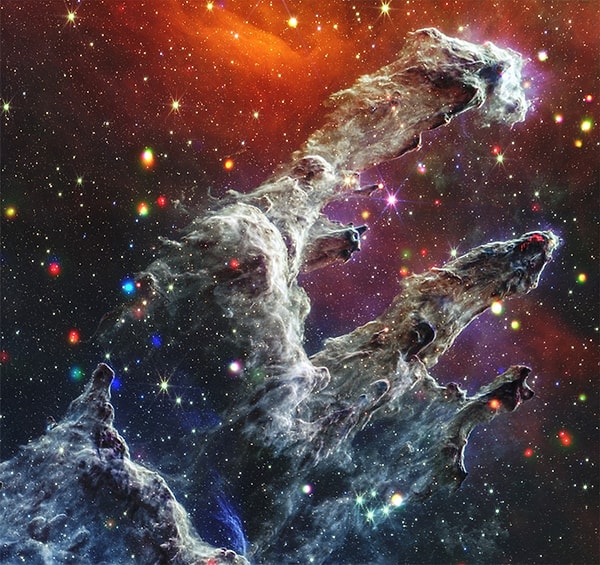
This region of star formation includes the iconic Pillars of Creation popularized by the Hubble Space Telescope.
NGC 7469
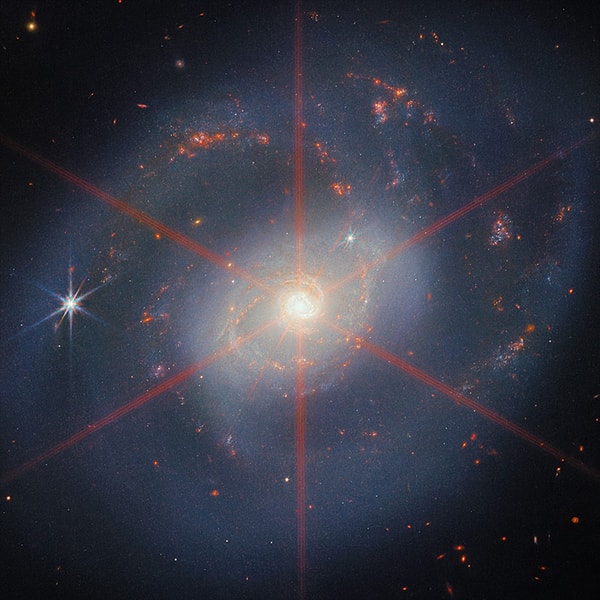
NGC 7469 is known for hosting an expanding supermassive black hole and is viewed face-on as a spiral galaxy. The image here shows the hot gas surrounding the black hole as captured by Chandra for NASA.
WR 124
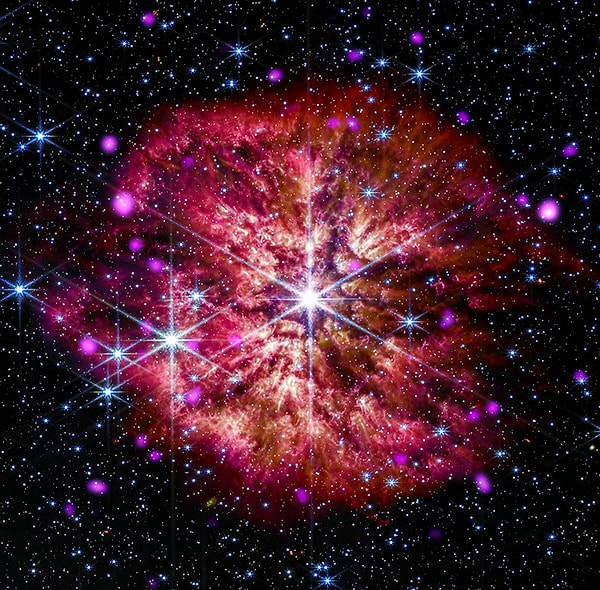
WR 124 is a Wolf-Rayet star undergoing a transient phase in its evolutionary process. These stars are quite rare among stars. The intense winds from this large and bright star can make it challenging to detect a neutron star binary with the Chandra telescope.
Cassiopeia A
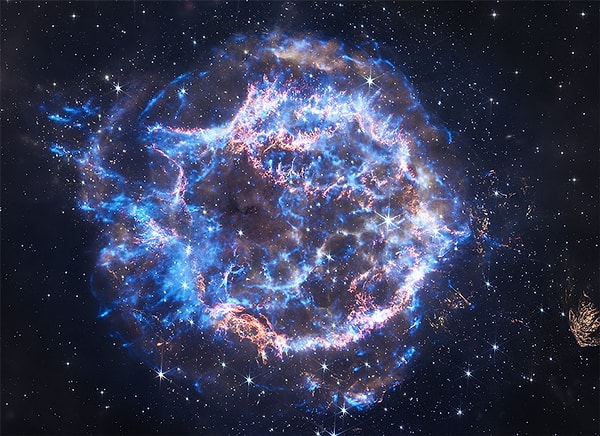
Cassiopeia A is a supernova remnant that has been studied for over 2 million seconds as part of the Chandra mission initiated in 1999. This observation duration is one of the longest in astronomy history and helps improve our understanding of supernovae and their remnants.
NGC 6872
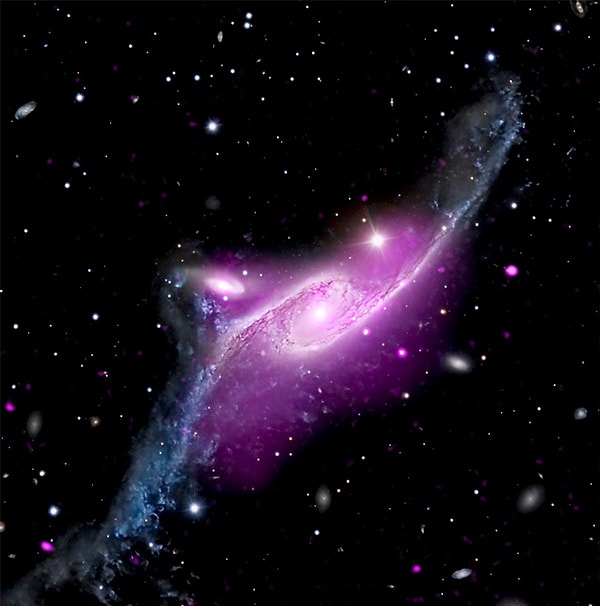
NGC 6872, a barred spiral galaxy, is interacting with a smaller galaxy located in the upper left corner. This smaller galaxy is likely drawing gas from NGC 6872 to feed its central supermassive black hole.
Keşfet ile ziyaret ettiğin tüm kategorileri tek akışta gör!


Send Comment